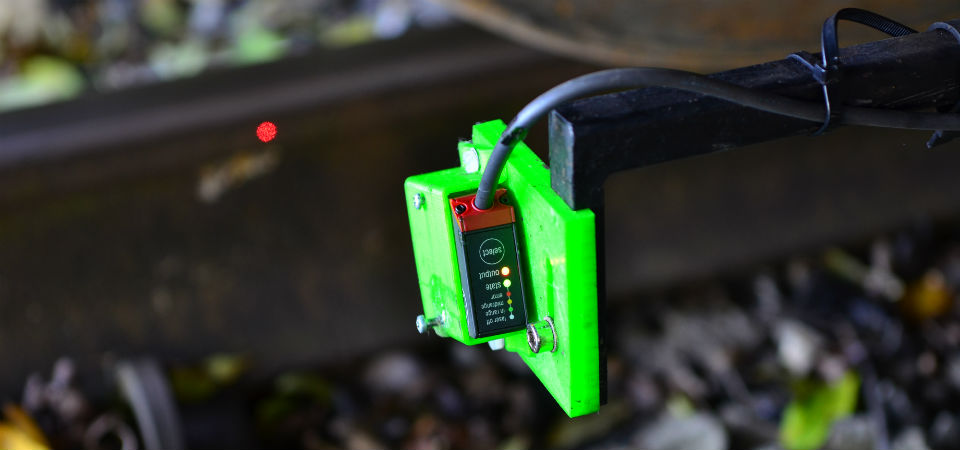The 200-year-old mechanical guidance system known as a wheelset, two wheels and an axle, is largely unchanged from the days of Robert Stephenson – who revolutionised the railways in the 1800s.
Wheelsets are mounted on small trucks known as ‘bogies’, which connects them to the vehicle via a complicated suspension system.
The cumbersome and weighty arrangement causes damage to the track – Network Rail is planning to spend £9bn over the next five years on maintenance.
And depending on the configuration, it limits trains to either travelling fast in a straight line or comfortably around a corner.
Now, a team from Loughborough and Huddersfield Universities has joined with tech company SET and created Acti-Wheel, an autonomous control system which uses AI to guide carriages along the tracks.
The 21st-century upgrade has stripped away more than two centuries of Victorian engineering and replaced it with computer-guided wheelsets – with each wheel powered by its own motor.
It means better cornering performance, stability, greatly reduced track damage, and in the future the possibility of double-decker trains and brings the industry a step closer to a fully automated network.
 Each wheel is laser-guided to keep it centred on the track
Each wheel is laser-guided to keep it centred on the track
Dr Chris Ward, of Loughborough’s School of Mechanical, Electrical and Manufacturing Engineering, said: “These improvements will provide benefits for rail operators, network operators and train manufacturers.
“And ultimately, what’s good for them should be good for commuters.
“This tech would also liberate designers from mechanical constraints.
“A simple change in a line of computer code could make the same vehicle adaptable for the conflicting demands of lots of different types of track – finally, trains would not be limited to either travelling fast in a straight line or around corners.
“The same train could do both.”
The new system works by powering each wheel independently.
Lasers measure the wheel distance from the middle of the track and send the data to a computer, which then calculates the speed each wheel needs to go in order for the carriage to remain centred.
The new system does not require a great deal of force as the wheel corrections needed are only very small.
Martin Whitley, Director of SET, said: "The Acti-Wheel project will dramatically change the way rail vehicles run on the railways.
"It can produce more torque - more driving force on one side or the other - in order to steer the wheelset down the centre of the track.
“Rail vehicles elsewhere have not done that for the last 200 years and what we want to do is to see this technology implemented as the technology of choice for rail passenger vehicles in the future.”
With fewer mechanical parts, train carriages could be completely redesigned, said Dr Ward.
“Acti-Wheel means you would no longer need the complicated suspension arrangement of bogies.
“This could free up designers to use the space in a much more efficient manner with lower floors, or double decks.
“It is also a stepping stone on the route to operational automation where vehicles could guide themselves through track switches and allow peer-to-peer communications so the restrictive signalling system could be removed.
“But that is way further down the line.”
The project has been sponsored by the Rail Safety and Standards Board (RSSB).
ENDS

